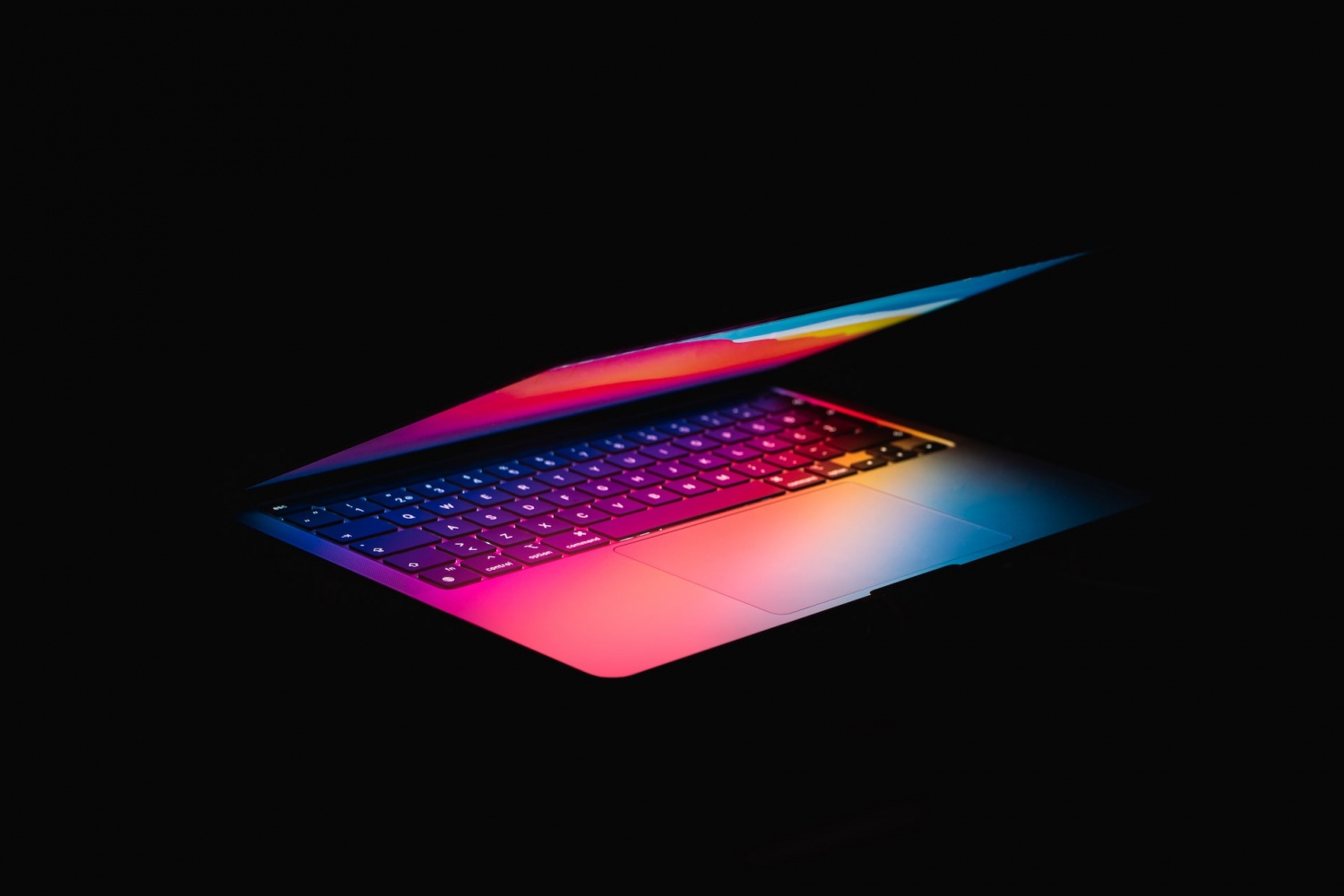

- #Macos ventura patcher install
- #Macos ventura patcher drivers
- #Macos ventura patcher upgrade
- #Macos ventura patcher download
- #Macos ventura patcher mac
Since our goal is to install Ventura, choose here for macOS 13.0: Select which version you want to download. In OpenCore Legacy Patcher, click on “Create macOS Installer”: This new functionality makes things easier.
#Macos ventura patcher download
As the device which we want to get Ventura on is officially not supported, the installer will not be shown in the App Store on this device.Įarlier versions of OpenCore Legacy Patcher did not have this feature so you’d have to download the installer yourself from other sources. The first thing we need to do from OpenCore Legacy Patcher is to get our hands on the installer for Ventura.

This will display you the main menu of OpenCore Legacy Patcher: Step 3) Download the macOS Ventura installer Once downloaded, extract the package by double-clicking on it and launch the OpenCore-Patcher.app. Scroll down a bit in the latest release notes and choose to download the. At the time of writing the latest version was release 0.5.0. The next steps will be done using OpenCore Legacy patcher, hence we first need to download it. That should be all it takes for this step. Select “Mac OS Extended (Journaled)” and “GUID Partition Map” as scheme and click “Erase”: Now give the drive a name, I chose VenturaInstall. Then, in the left column, select your USB drive and click “Erase” on the top menu. In Disk Utility, click to “Show All Devices”: To do so, insert the USB drive and open Disk Utility. This will prevent possible problems later on, like not being able to boot from it. Step 1) Prepare a USB drive of at least 16GBĪlthough this step is optional in theory, as the OpenCore Legacy Patcher should take care of this, I think it is a good idea to make sure that the USB drive you will use for this is in good shape before we start.
#Macos ventura patcher mac
It should be possible to use this method on most 2012 or newer Mac models.

After installing the unsupported OS, there is a good chance that not everything will work as expected so the tool will also install patches to fix some issues or restore functionality if that’s needed.
#Macos ventura patcher drivers
Mainly related to drivers and hardware support that require workarounds. In most cases it doesn’t stop there as a lot of changes have been introduced in Ventura. It tricks that installer in thinking it is running on a newer, supported, model. OpenCore legacy patcher allows you to use an unmodified macOS installer. I did a post and video earlier, using the same method for unsupported hardware and Monterey. The method I will be using to get around this limitation involves OpenCore legacy patcher.
#Macos ventura patcher upgrade
If you want to upgrade to, or install, Ventura on an older machine, the installer will tell you that your model is no longer supported or compatible with your device. In summary, the following Macs can run macOS Ventura officially: On Apple’s website you can see which models are officially supported:

MacOS Ventura still has support for Intel-based Macs and obviously also for M1/M2 silicon-based machines. So it looks like Apple is in a rush to drop support for Intel-based Macs since apple is moving everything to M1 and M2-based hardware. With Ventura, only a year later, this is more or less anything older than a 2017 model. Last year, with the release of Monterey apple dropped support for basically anything older than a 2015 model.


 0 kommentar(er)
0 kommentar(er)
